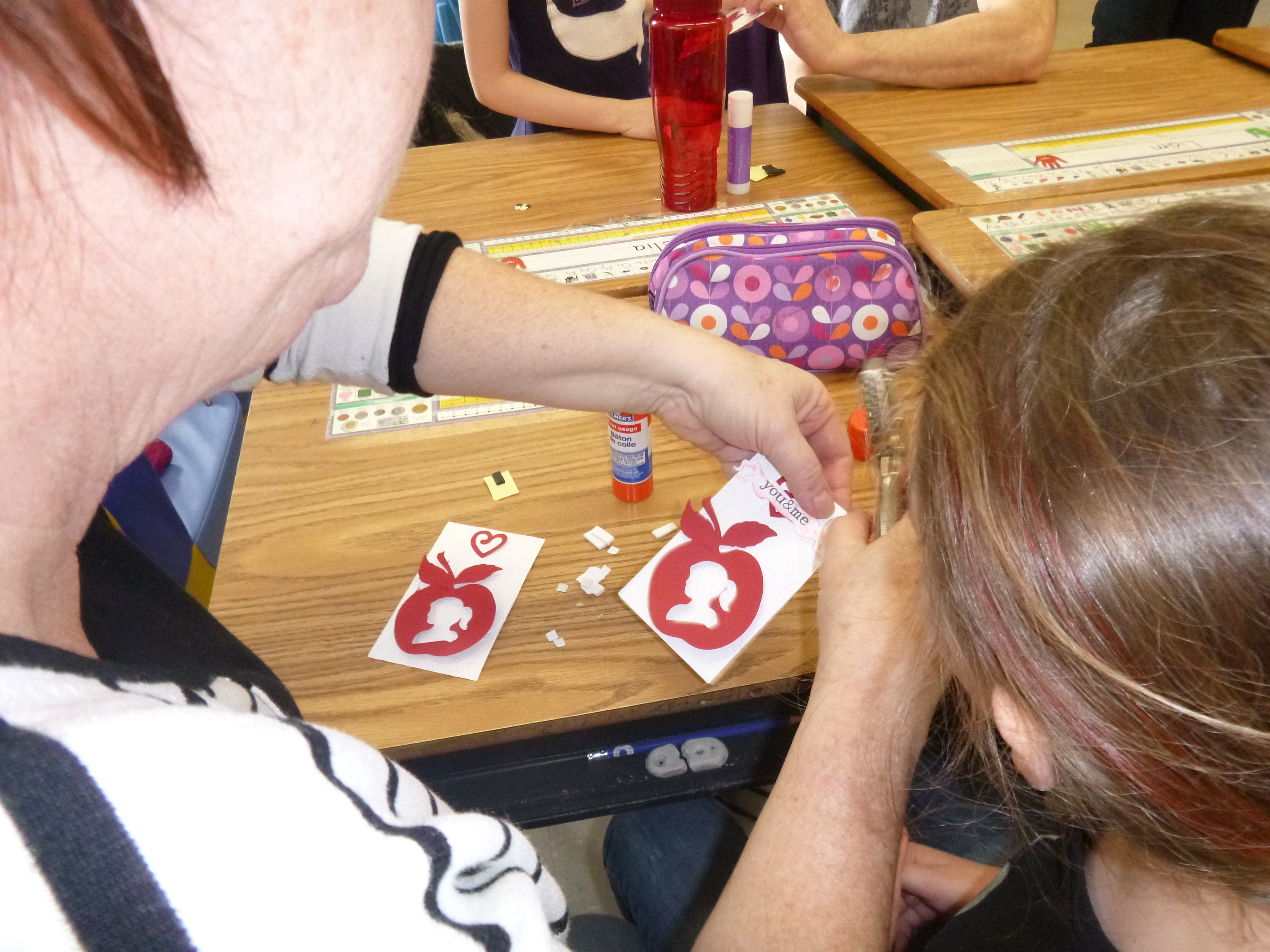Spring is here, and with the changing seasons come some fresh ideas for your class.
Bringing the Global Community into the Classroom
CLC is about more than connecting your students to the local community. The global community offers a vital learning experience for inspiring young minds. The Centre for Global Education based in Edmonton, Alta., is one way for CLCs to expand their reach.
Each month, TCGE hosts a series of video conferences on everything thing from body systems, to the environment, and global issues. The conferences are opportunity for CLCs to interact with experts around the world without having to step outside their classrooms. What can your class do?
Canada’s History Contest
Visualizing information is a more versatile way to encourage writing and reading in the classroom for students struggling with literacy skills. Canada’s History blog Kayak is inviting students to participate in a contest to illustrate a piece of Canadian history through graphic novel or illustrated story.
Submissions are from 500 to 1200 words and include illustrations or historical photos. The contest is open to students between the ages of seven and 14.
The top two writers in French and English will receive a $1000 RESP and a trip to Ottawa. Twenty-five stories will be selected in English and French for publication as a special digital edition of Kayak and published on their website. The contest deadline is June 14, 2014.
Finding Voices in Education for Change
Even teachers need a little inspiration. Check out these five TED talks on bringing change into the classroom.






